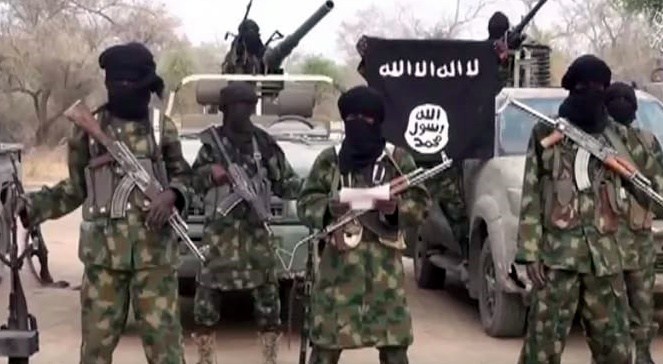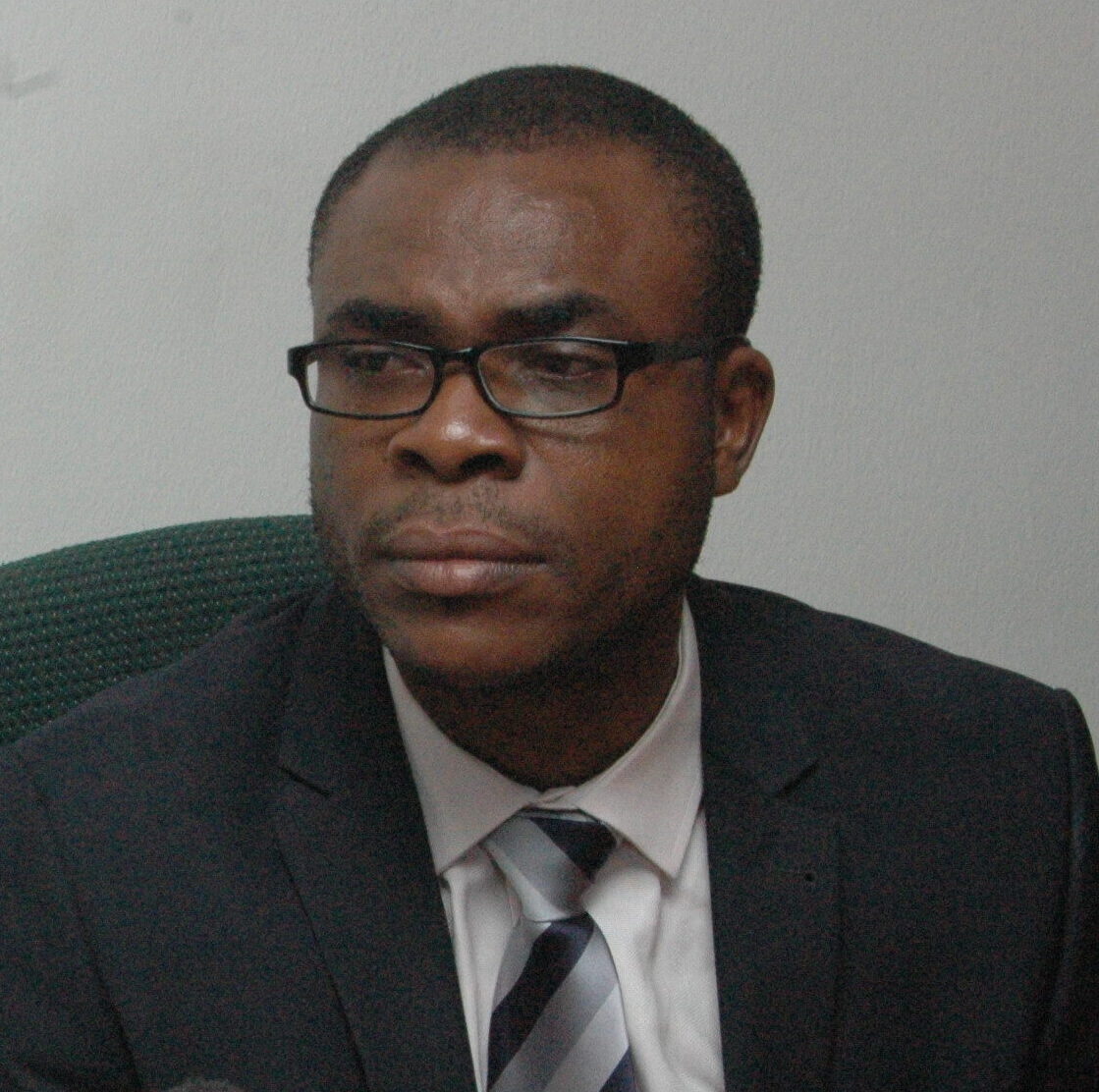In the current internal schism within the ranks of the insurgency, however, Ba Idrisa’s ironic difficulties arose from his insistence, sources claim, on preserving some of the ideals under which they fought and parted ways with Shekau.
According to multiple sources, “Ba Idrisa was toppled because he ignored a call within the group to initiate a new campaign that portrays members of the group that have either left or are living in the diaspora as ‘Murtadun,’ an Islamic reference for apostasy.
A strict compliance with this doctrine, according to our sources, would have put multitudes in the rank of the insurgency on notice, ostracise them from the group, and set them up for execution. Historically, these doctrines of ‘Takfir and ‘Murtad’ were organisationally championed by Shekau and it was a stand against that doctrine that pushed this group into a breakup with Shekau.
In a zig-zag world of doves and hawks in the insurgency, it would appear that Ba Idrisa was more inclined to a tentative ecumenical spirit that admitted slight ideological divergence in communities even when there are grounds of suspicions that some elements were leaking information about the operations of the insurgents to government forces.
At any rate, Ba Idrisa’s platform could hardly endure, challenged as it were, by the Abu Musab tendency in the group. Abu Musab, sources say, always had his eyes set on claiming the important position of Amirul Jaysh (Head of the Military) of the group.
This was reportedly an idea that had the backing of the Islamic States’ central command and according to insiders, “Abu Musab was the preferred candidate for the Amirul Jaysh, being that they see in him the qualities that can hold ISWAP together and forestall the ambitious elements within the top hierarchy of the group from perpetual leadership crises.”
An important aspect of Ba Idrisa’s manoeuvre, therefore, in the political scheme of ISWAP, was to whittle down the powers of the current Amirul Jaysh, Mustapha Krimima, and introduce context-specific doctrines as well as new rules of engagement in the war theatre, seen by the hardliners as a dangerous development capable of forcing a group shift away from the influence of IS central, a reality they further see as giving in to the enemy.
Although multiple sources assert, however, that Mustapha Krimima remains the most influential member of the group, even thought to be the Amirul amma (a leader who masks his visibility by playing up surrogates), the problem appears to be the growing voice of dissent within ISWAP about the fizzling out of the powers of clerics.
Combatants have become privileged and ascendant over clerics some of whom once kicked against this development when they were disciples of Shekau.
As it is now, it is believed that ISWAP’s ability to fend off new threats in the region from forces like Adam Bitri, Bakura and ISWAP’s long-time rival, Shekau, is the biggest test for the new leader.
A key criticism against Ba Idrisa was that he did not do much in this regard, and that ISWAP rivals only grew stronger, and the internal schism within the group ultimately led to the haemorrhage of ground troops and territorial loss in the Lake Chad behind the Islamic State in the Greater Sahara (ISGS), which in the past looked up to the group for inspiration.
The lessons of March 2019 still hunt ISWAP when the removal of Abu Musab triggered an untidy flight of its top fighters, led by Adam Bitri, to the North West of the country in search of collaboration with the ANSAU terror group, an unholy wedlock that hardly lasted six months.
Unfulfilled and drained by this ill-fated sojourn with ANSARU, Adam Bitri returned to the Lake Chad and set up his base in Abadam, close to ISWAP seat of power, apparently still scornful of what knowledgeable sources characterised as “ANSARU’s long term, no goal in sight, strategic plans.”
This was seen as one of the biggest tests against Ba Idrisa’s leadership, especially the inability of the leadership to eliminate threats coming from within and outside the group.
Recent media reporting of the putative killing of Ba Idrisa have also stated that Abba Shayima is new ISWAP leader (Wali) with Lawan Abubakar as his deputy, or vice versa. However, multiple sources are suggesting that Ba Lawan is the true new ‘Wali’ pointing that in the ISWAP leadership structure the post of deputy Wali does not exist.
“Abubakar Shekau does not have a deputy, Abu Musab does not have a deputy, Ba Idrisa also never had a deputy. A leader is chosen from amongst the Shura if he meets certain requirements,” one of our sources said.
From Ba Idrisa to Ba Lawan, what do we know about them: They are both Kanuris and both of them were born and brought up in Maiduguri. They were both young and visible during the reign of late Muhammad Yusuf.
In Kanuri culture, naming your child after someone it is the greatest honour. So, if your child is named after an important personality or elder in the society, people can hardly call you with your first name without the prefix of Ba, hence the meaning of ‘Ba’ in both the names of Ba Idrisa and Ba Lawan.
Assuming then that Ba Lawan is truly the new Wali, close observers believe he faces a difficult dilemma of whether he can unite the group, the potential outcomes being: either a stirring leadership feud in the Lake Chad basin, which in itself could be a prelude to a bigger implosion that may result in the emergence of multiple factions, or the total collapse of any organised group in the region.
PREMIUM TIMES






